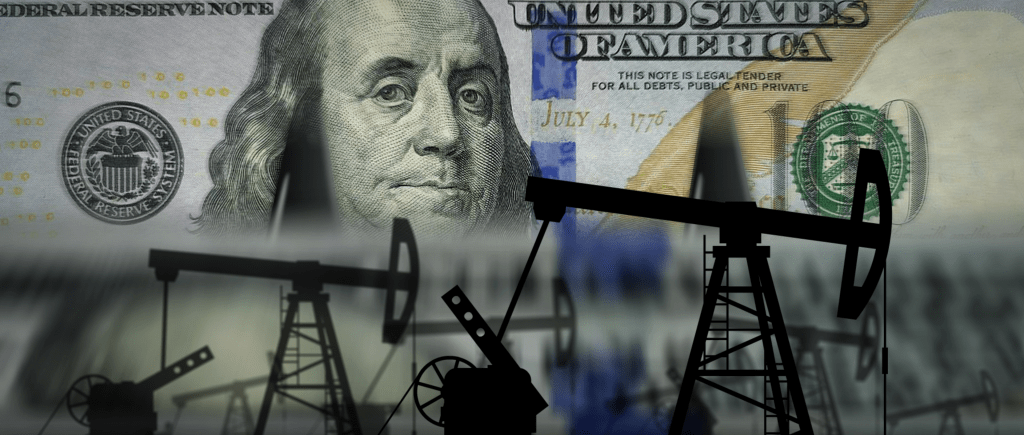Oil prices retreated on Wednesday even after OPEC+ stuck to planned moderate output increases despite pressure from top consumers to raise output more quickly after prices rallied to 2014 highs.
Brent crude was down 7 cents to $89.09 a barrel at 12:15 p.m. EST (1715 GMT) while US West Texas Intermediate crude fell 25 cents, or 0.3%, to $87.95. Global benchmark Brent has remained within striking distance of $90 for several days now, buoyed by ongoing concerns about tight supply across major world producers and steadily increasing demand.
On Friday, both benchmarks hit their highest since October 2014, with Brent touching $91.70 and US crude hitting $88.84.
The market has been unable to push higher, leading analysts to believe sellers have been jumping in to take profits at these levels despite bullish fundamentals.
There is a lot of resistance up near $90, so we saw some profit taking, and the market pulls back because it went up a bit too high too fast.
US crude stockpiles fell by 1 million barrels last week, against expectations for an increase, while distillate inventories also dropped amid strong demand both domestically and in export markets.
The market also shrugged off OPEC+’s agreement to stick to moderate rises in its oil output with the group already struggling to meet existing targets and wary of responding to calls on its strained capacity for more crude from top consumers to cap surging prices.
OPEC+ stuck with previously agreed-upon plans to boost output by 400,000 barrels per day. The group has blamed surging prices on the failure of consuming nations to ensure adequate investment in fossil fuels as they shift to greener energy.
Several OPEC+ sources also said prices were pushed up by Russia-US tensions that have fanned fears that energy supplies to Europe could be disrupted. Washington has accused Moscow of planning to invade Ukraine, which Russia, the world’s second-largest oil producer, denies.
The United States said on Wednesday it will send nearly 3,000 troops to Poland and Romania in the coming days to reinforce Eastern European NATO allies as the alliance continues to engage in diplomatic efforts with Russian President Vladimir Putin to defuse the crisis.
A major winter storm is expected to wallop much of the central United States and stretch to parts of the Northeast this week, bringing heavy snow, freezing rain, and ice, the National Weather Service said on Monday.
The storm comes days after a deadly winter blast and could boost prices of oil, especially as some regions substitute out natural gas where supply may be scarce.
The Energy Information Administration reported on Wednesday that U.S. crude inventories fell by 1 million barrels for the week ended Jan. 28. On average, analysts had forecast an increase of 1.1 million barrels, according to a poll conducted by S&P Global Platts.
The American Petroleum Institute on Tuesday reported a 1.6 million-barrel decrease, according to sources. The EIA also reported a weekly inventory climb of 2.1 million barrels for gasoline, while distillate stockpiles fell by 2.4 million barrels.
 Noor Trends News, Technical Analysis, Educational Tools and Recommendations
Noor Trends News, Technical Analysis, Educational Tools and Recommendations





